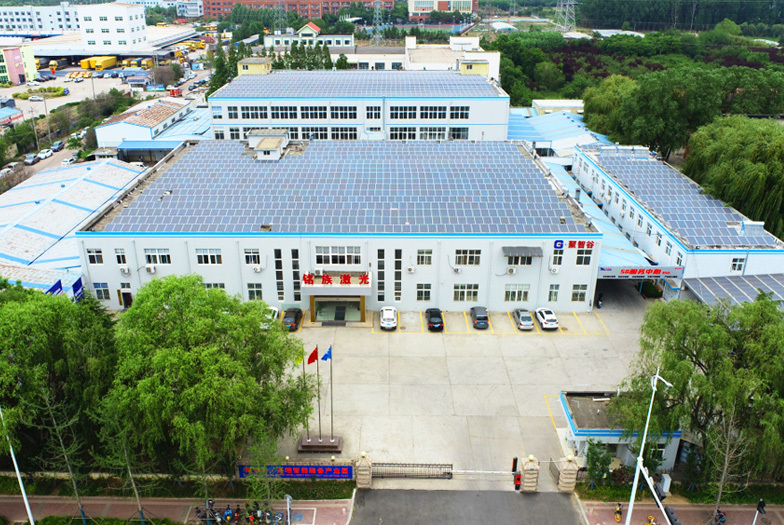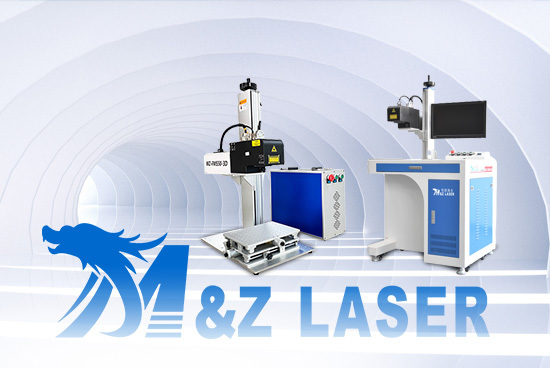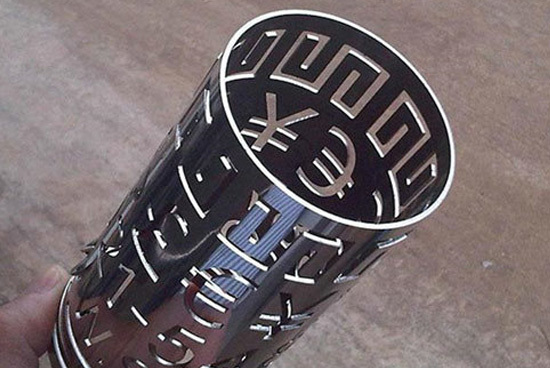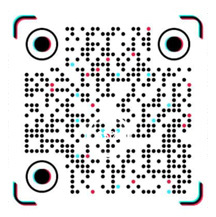Fiber Laser Marking Machine: A highly efficient, precise, and intelligent marking and printing solution
Release time:
2025-04-25
Fiber Laser Marking Machine: A High-Efficiency, Precise, and Intelligent Marking and Printing Solution
In modern industrial production, marking and printing technology plays a crucial role. Whether it's product serial numbers, production dates, brand logos, or other key information, it needs to be accurately and quickly marked on the product in some way. Fiber laser marking machines, as an advanced marking and printing solution, are gradually becoming the preferred choice for many industries due to their high efficiency, precision, and intelligence.
I. Working Principle and Advantages of Fiber Laser Marking Machines
Fiber laser marking machines utilize laser beams generated by fiber lasers. These beams are guided to the workpiece surface via a galvanometer scanning system, causing the material to instantly vaporize or undergo a chemical reaction, thus leaving a permanent mark on the workpiece. This process does not require contact with the workpiece, avoiding potential physical damage and wear that traditional mechanical marking methods may cause. Simultaneously, the wavelength and power of the fiber laser can be adjusted according to different materials, ensuring high-quality marking results on various materials.
High efficiency is a major highlight of fiber laser marking machines. Their marking speed far exceeds traditional marking methods. Especially in mass production, it can significantly shorten production cycles and improve production efficiency. In addition, the high energy density of the laser beam means the marking process is almost unaffected by material thickness, easily handling even harder metal surfaces.
In terms of precision, fiber laser marking machines, through precise control systems and advanced software algorithms, can achieve micrometer-level positioning accuracy and repeatability, ensuring that each mark is clear and accurate, meeting the needs of high-precision manufacturing. This high degree of precision is particularly important for anti-counterfeiting traceability and serial number management.
II. Intelligent Control and Automated Applications
With the advancement of intelligent manufacturing, fiber laser marking machines are also developing towards greater intelligence and automation. Modern fiber laser marking systems integrate advanced image recognition, autofocus, and data tracking functions. They can automatically identify the position, shape, and size of the workpiece and automatically adjust marking parameters, achieving one-button operation and greatly reducing the need for manual intervention.
On automated production lines, fiber laser marking machines often seamlessly integrate with other automated equipment such as robotic arms and conveyors to form a complete automated production process. This highly integrated automation solution not only improves production efficiency but also ensures production consistency and stability, making it an important component of intelligent manufacturing in the context of Industry 4.0.
III. Wide Range of Applications
The application fields of fiber laser marking machines are extremely wide, covering multiple industries such as electronics, automobiles, aerospace, medical devices, food and beverages, and jewelry. In electronics, laser marking is used to mark QR codes, barcodes, and brand logos, facilitating product tracking and anti-counterfeiting; in the automotive manufacturing industry, laser marking is used for serial numbers and information marking on key components such as engine parts and chassis, ensuring the traceability of each product; in the jewelry industry, laser marking, with its fine marking effect and non-destructive processing of materials, has become the preferred marking method for customized and high-end jewelry.
IV. Environmental Protection and Sustainability
With the increasing global awareness of environmental protection, the environmentally friendly characteristics of fiber laser marking machines are becoming increasingly prominent. Compared with traditional chemical etching and inkjet printing methods, laser marking does not require any chemical reagents and does not produce wastewater or waste gas, making it environmentally friendly. At the same time, laser marking is permanent and not easily worn, reducing repeated marking and resource waste due to blurred or faded information, aligning with the concept of sustainable development.
V. Conclusion
In summary, fiber laser marking machines, with their high efficiency, precision, intelligence, wide range of applications, and environmental advantages, have become a shining star in the field of modern industrial marking and printing. With continuous technological advancements and the continuous expansion of application scenarios, fiber laser marking machines will play an even more important role in promoting the transformation and upgrading of the manufacturing industry and achieving intelligent manufacturing. In the future, we have reason to believe that fiber laser marking technology will become more intelligent and diversified, bringing revolutionary marking solutions to more industries.














